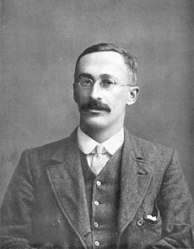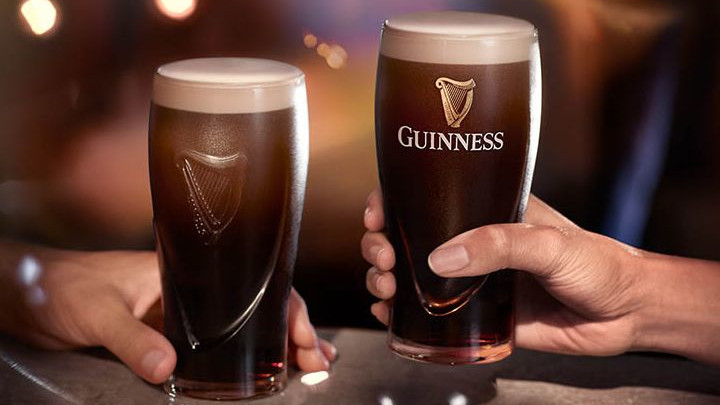The Guinness brewery has a long history of innovation, but did you know that it was the birthplace of the t-test? A t-test is usually what underpins a declaration of results being “statistically significant”. Scientific American has a fascinating article all about how the Guinness brewery (and one experimental brewer in particular) brought it into being, with ramifications far beyond that of brewing better beer.

While the concept of statistical significance was not new at the time, Gosset’s significant contribution was finding a way to effectively and economically interpret data in the face of small sample sizes. That contribution was the t-test; a practical and logical approach to dealing with uncertainty.
As mentioned, t-testing had ramifications and applications far beyond that of brewing beer. The basic question of whether to consider one population of results significantly different from another population of results is one that underlies nearly all purposeful scientific inquiry. (If you’re unclear on how exactly the t-test is applied and how it is meaningful, the article in the first link walks through some excellent and practical examples.)
Dublin’s Guinness brewery has a rich heritage of innovation so maybe spare them a thought the next time you indulge in statistical inquiry, or in a modern “nitro brew” style beverage. But if you prefer to keep things ultra-classic, there’s always beer from 1574, Dublin castle-style.















I wonder if the history of the location influenced the MIT Media Lab when they set up Media Lab Europe across the street. Weird location to see them. I assumed it was just the proximity to the beer. It’s too bad that “rich heritage of innovation” did not extend across that street: MLE lasted only a few years, closing up shop around 2005. Mismanagement, apparently. “Inmates running the asylum” was heard.
Time for me to sample again the Guinness factory certification at our local, the farthest west they have personally come to test their taps. Purdue – the black and gold, with black gold. Tap to glass the minimum litter way, clink!
i used to go to this irish pub in phoenix that served guinness on tap, and the nozzel always left a shamrock on the head. not sure if that was an official nozzle head or a local modification. ive yet to see that at any other bar. but i downed so many pints in that place. irish pubs are still my favorite.
Typically the shamrock is made by the bar-person pulling the pint: they move the glass as it nears the end of the pour in a shamrock pattern. Its often done in Ireland as a fun thing for tourists.
Locals are less interested in being poured a pint with a shamrock, but heaven forbid they are poured a pint that wasnt done in two stages. If you are given a pint that wasnt rested at the 2/3 mark before the last stage of the pour, hand it back to the barman and ask for another.
Guinness’ greatest innovation was stealing the London Porter recipe and marketing it as Guinness Extra Stout. Without that you probably wouldn’t have heard of Guinness.
Well, the English stole a lot of stuff from the Irish, so I won’t fault them for that!
B^)
We didn’t steal their potatoes.
no you just made the tennant farmers plant wheat for export to brittan and it leeched the soil to the point they could no longer feed themselves. a little blight and you got a famine.
* No,
* tenant
* Britain
* leached
* A
But yes, that’s the joke.
That’s what they get for being colonized by wankers.
Extra stout? Spit.
Tastes and smells like used overheated 90 weight gear oil.
Not that regular Guinness is good stout.
Mass produced piss, worse than Budweiser or Coors.
So you are saying the Yahoo Serious movie “Young Einstein” is more accurate than I thought?